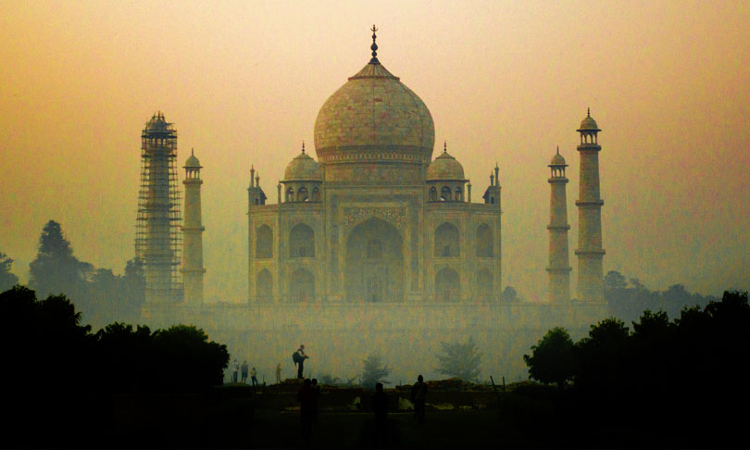SC's Tryst With Protection Of History And Culture Through Taj Trapezium Case
Alphonsa Jojan
20 Aug 2019 10:45 AM IST

Next Story
20 Aug 2019 10:45 AM IST
The case of Taj Trapezium (M C Mehta v. Union of India, W.P. 13381 of 1984) can be placed uniquely in the case law jurisprudence on pollution control law. Unlike most pollution control cases which dealt with protection of human health or conservation of nature, the primary objective sought to be achieved by this case was preservation of historical monuments in Agra. A close reading of...
